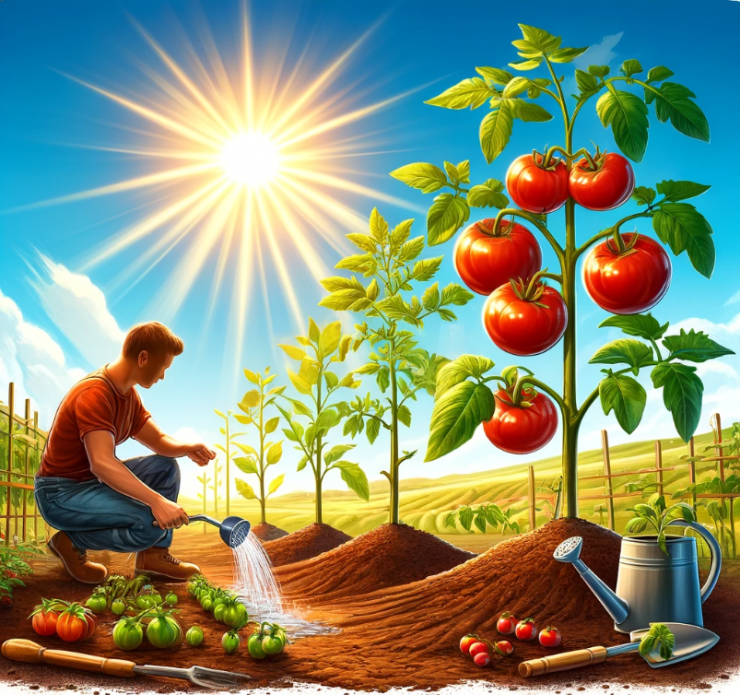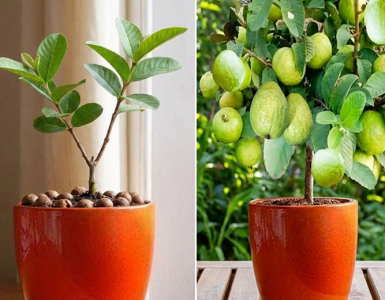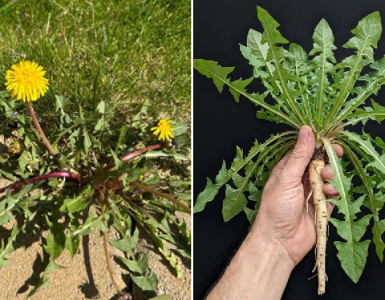Tomatoes are one of the most popular and rewarding crops to grow in home gardens. Whether you’re a seasoned gardener or just starting out, cultivating your own tomatoes can be a satisfying experience. However, like any gardening endeavor, growing tomatoes comes with its own set of challenges. To help you achieve a bountiful harvest of juicy, flavorful tomatoes, here are seven common mistakes to avoid:
1.Neglecting Soil Preparation
Tomatoes thrive in well-draining, nutrient-rich soil. One common mistake is failing to prepare the soil adequately before planting. Ensure your soil is loose, friable, and enriched with organic matter such as compost or aged manure. Test the soil pH to ensure it falls within the optimal range of 6.0 to 6.8 for tomatoes.
2.Overwatering or Underwatering
Tomatoes are sensitive to fluctuations in soil moisture. Overwatering can lead to root rot and other fungal diseases, while underwatering can result in stunted growth and blossom-end rot. Maintain consistent soil moisture by watering deeply but infrequently, allowing the top inch of soil to dry out between waterings.
3.Planting Too Early or Too Late
Tomatoes are warm-season crops that thrive in temperatures above 50°F (10°C). Planting them too early, when the soil is still cold, can stunt their growth and increase susceptibility to disease. Conversely, delaying planting too late into the season may not allow them enough time to mature and produce a full harvest before the first frost.
4.Ignoring Pruning and Support
Tomato plants benefit from proper pruning and support to encourage healthy growth and maximize fruit production. Neglecting to prune suckers and provide adequate support can lead to overcrowding, poor air circulation, and increased risk of disease. Use stakes, cages, or trellises to support tomato plants and regularly remove suckers to redirect energy towards fruit development.
5.Failing to Rotate Crops
Tomatoes are susceptible to soil-borne diseases such as fusarium wilt and bacterial spot. Planting tomatoes in the same location year after year increases the risk of disease buildup in the soil. Practice crop rotation by planting tomatoes in a different area of the garden each year to reduce disease pressure and maintain soil health.
6.Not Fertilizing Properly
Proper fertilization is essential for healthy tomato plants and abundant fruit production. Avoid the mistake of either over- or under-fertilizing, which can lead to nutrient deficiencies or excessive vegetative growth at the expense of fruit development. Use a balanced fertilizer or incorporate organic amendments into the soil according to soil test recommendations and plant needs.
7.Ignoring Pest and Disease Management
Tomatoes are susceptible to a range of pests and diseases, including aphids, hornworms, blight, and blossom-end rot. Ignoring early signs of pest or disease infestation can quickly escalate into major problems that threaten your entire crop. Monitor plants regularly for signs of pests or disease, and take prompt action using cultural, mechanical, or organic control methods.
By avoiding these common mistakes and implementing best practices for growing tomatoes, you can increase your chances of a successful harvest and enjoy the satisfaction of homegrown, vine-ripened tomatoes bursting with flavor. With proper care and attention, you’ll be rewarded with a plentiful supply of delicious tomatoes to enjoy fresh, cooked, or preserved throughout the season






Add comment